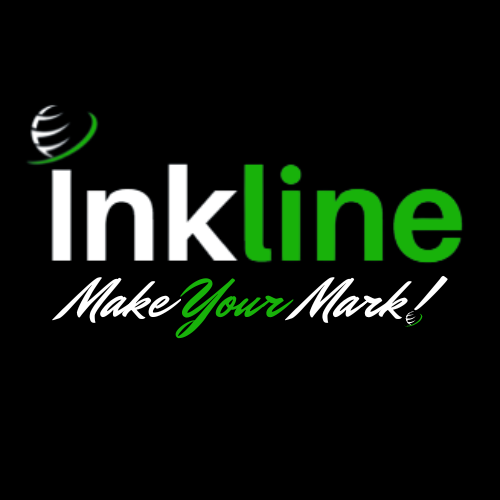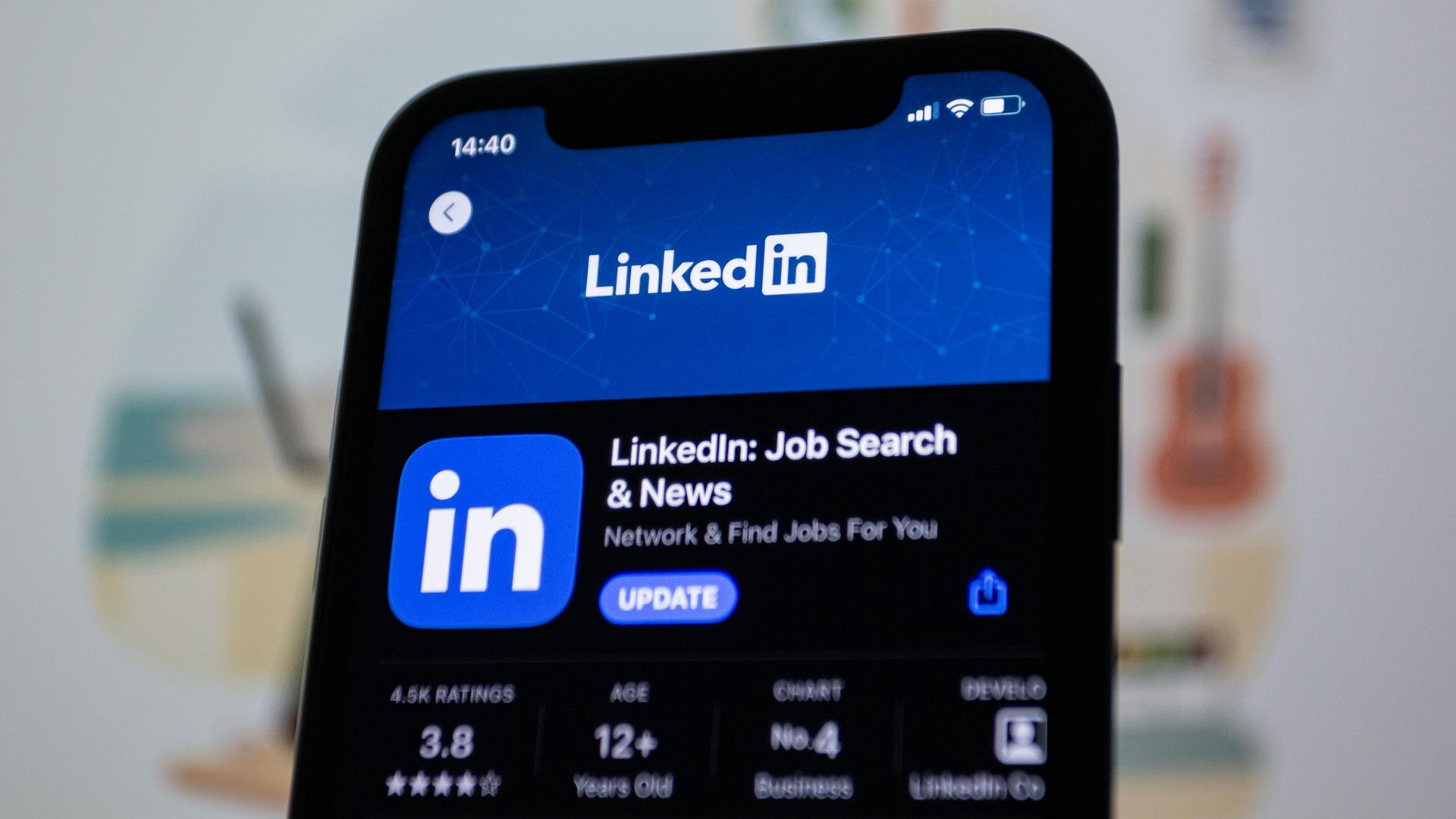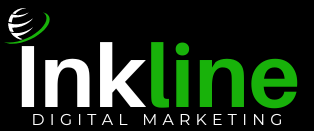The Hidden Cost of Delaying AI Lead Qualification
Your competitors are already implementing it.
While you deliberate the merits of AI-powered lead qualification, forward-thinking companies are quietly building insurmountable advantages.
This isn't speculative futurism. It's the emerging reality of B2B sales environments where the gap between AI adopters and resistors widens daily.
The data points to a stark conclusion: by 2026, companies that resist AI-powered lead qualification will operate at a 40% competitive disadvantage. This article examines the evidence behind this prediction and what it means for your business.
The Acceleration of AI in Sales Qualification
The transition to AI-powered sales processes is happening faster than most business leaders recognize. By 2025, 80% of B2B sales interactions are projected to be powered by AI, with automated lead qualification becoming a fundamental component of this transformation.
This isn't gradual adoption. It represents a wholesale transformation of how businesses identify and pursue opportunities.
What's driving this rapid shift? The answer lies in the measurable performance improvements AI delivers.
Microsoft's implementation of AI-driven lead scoring demonstrates the potential magnitude: their conversion rate of leads to sales-qualified opportunities quadrupled from 4% to 18% after adopting AI-driven scoring. In practical terms, their sales team went from closing 1 in 25 leads to nearly 1 in 5.
The competitive implications are profound. When your competitors can process more leads with greater accuracy and convert them at substantially higher rates, traditional approaches become increasingly untenable.
Quantifying the Coming Competitive Gap
What exactly constitutes the projected 40% competitive disadvantage? It manifests across multiple performance dimensions:
Efficiency Metrics: Companies implementing AI solutions experience up to a 40% increase in efficiency, allowing them to process more leads with fewer resources. This efficiency translates directly to operational cost advantages that compound over time.
Conversion Rate Differentials: Businesses leveraging AI for lead qualification report a 50% increase in conversion rates. This means that for every two prospects your competitors convert, you'll convert only one—while investing more resources to do so.
Opportunity Cost: Perhaps most significantly, manual qualification processes divert human talent from high-value activities where they excel.
Your most talented sales professionals spend hours evaluating lead quality rather than building relationships and closing deals.
The 40% disadvantage isn't merely theoretical. It represents the cumulative impact of these factors on market share, revenue growth, and profitability.
The Science Behind AI's Qualification Superiority
To understand why AI creates such significant advantages, we need to examine the fundamental limitations of traditional qualification methods.
Human lead qualification, even when structured through frameworks like BANT or MEDDIC, suffers from three inherent constraints:
Cognitive Bias: Sales professionals naturally gravitate toward leads that match their past success patterns, potentially missing opportunities that don't fit familiar profiles.
Data Processing Limitations: The human brain excels at intuitive judgment but struggles to systematically analyze dozens of variables simultaneously across thousands of potential leads.
Consistency Challenges: Manual qualification inevitably varies based on who performs it, when it's done, and under what circumstances—creating pipeline inconsistencies that complicate forecasting and resource allocation.
AI qualification systems address these limitations through algorithmic processing that:
1. Analyzes hundreds of data points simultaneously
2. Identifies non-obvious correlation patterns
3. Applies consistent evaluation criteria at scale
4. Continuously improves through feedback loops
5. Operates 24/7 without fatigue or performance variation
The result is a qualification process that becomes increasingly precise over time, creating a widening performance gap between AI adopters and non-adopters.
The Hybrid Approach: Maximizing Human + AI Potential
Despite the clear advantages of AI-powered qualification, the most effective implementations don't eliminate human judgment. They augment it.
Recent research into outreach effectiveness found that hybrid human-AI approaches significantly outperform either fully manual or fully automated systems. When AI handles repetitive tasks like drafting and data analysis while humans review and refine the outputs, the cost per lead drops to approximately $141 per booked appointment—substantially lower than either fully manual or fully automated options.
This hybrid model represents the optimal approach: leveraging AI's processing power while maintaining human insight for complex evaluations and relationship building.
The most successful implementations follow a clear division of labor:
AI Systems Handle:
• Initial lead scoring based on firmographic and behavioral data
• Pattern recognition across large datasets
• Predictive modeling of conversion likelihood
• Continuous monitoring of engagement signals
• Automated prioritization of follow-up activities
Human Teams Focus On:
• Relationship development with qualified prospects
• Complex need assessment and solution configuration
• Negotiation and deal structuring
• System training and refinement
• Strategic decision-making based on AI insights
This division maximizes the strengths of both AI and human capabilities, creating a qualification system greater than the sum of its parts.
Implementation Timeline: The Critical Window
If the competitive disadvantage will reach 40% by 2026, when should you begin implementation? The answer: immediately.
Effective AI qualification systems require time to:
1. Accumulate sufficient training data: The algorithms need exposure to your specific market, products, and customer interactions to reach optimal performance.
2. Integrate with existing systems: Connecting AI qualification tools with your CRM, marketing automation, and sales enablement platforms requires careful implementation.
3. Refine through feedback loops: Initial models will need adjustment based on real-world performance, requiring several cycles of deployment, evaluation, and refinement.
4. Train your team: Sales professionals need time to adapt their workflows and develop trust in the AI's recommendations.
Companies that begin implementation now will achieve operational proficiency by mid-2024, and optimization by 2025. Those that delay until 2025 will find themselves struggling with basic implementation while competitors leverage fully optimized systems.
The implementation curve follows a predictable pattern:
• Months 1-3: System selection and initial configuration
• Months 4-6: Basic implementation and data collection
• Months 7-12: Performance tuning and workflow integration
• Year 2: Advanced optimization and competitive advantage development
This timeline underscores why the window for competitive parity is rapidly closing. Early adopters have already completed the initial phases and are entering the optimization stage where the most significant advantages emerge.
Overcoming Implementation Barriers
Despite the compelling case for AI-powered qualification, many organizations encounter implementation barriers. Addressing these proactively is essential for successful adoption:
Data Quality Concerns: AI systems require clean, structured data to function effectively. Begin by auditing your current data quality and
implementing standardization protocols before full deployment.
Integration Complexity: Many organizations operate with fragmented tech stacks that complicate AI implementation. Prioritize API-first platforms that offer robust integration capabilities with your existing systems.
Team Resistance: Sales professionals may view AI qualification as threatening their role or expertise. Frame implementation as augmentation rather than replacement, emphasizing how AI handles routine tasks to free them for higher-value activities.
ROI Uncertainty: Decision-makers often struggle to quantify the return on AI investments. Begin with a limited pilot program that establishes baseline metrics and demonstrates concrete performance improvements before scaling.
Each of these barriers is surmountable with proper planning and change management. The key is recognizing that implementation challenges are transitional while the competitive disadvantage of non-adoption is permanent.
The Path Forward: Strategic Implementation
How should you approach AI qualification implementation to maximize results while minimizing disruption? The most successful organizations follow a four-phase strategy:
Phase 1: Assessment and Planning
Begin by evaluating your current qualification process, identifying specific pain points and inefficiencies. Document your existing qualification criteria and success indicators to establish baseline performance metrics.
Examine your data infrastructure to identify gaps or quality issues that might impact AI performance. This assessment provides the foundation for system selection and implementation planning.
Phase 2: Controlled Implementation
Start with a limited deployment focused on a specific segment of your lead flow. This controlled implementation allows you to:
• Test system performance in real-world conditions
• Refine integration points with existing workflows
• Build team confidence through visible wins
• Identify and address unforeseen challenges
During this phase, run your AI system in parallel with existing processes to directly compare performance and build confidence in the results.
Phase 3: Optimization and Expansion
Once your initial implementation demonstrates positive results, begin optimizing the system based on performance data. Refine your qualification models, adjust scoring weights, and enhance integration with adjacent systems.
Gradually expand the scope of AI qualification across additional lead sources, product lines, or market segments. This phased expansion maintains operational stability while steadily increasing the impact of your AI implementation.
Phase 4: Advanced Capabilities
As your system matures, introduce more sophisticated capabilities such as:
• Predictive lead scoring that anticipates future conversion likelihood
• Automated nurture path selection based on qualification signals
• Dynamic qualification thresholds that adjust to market conditions
• Cross-selling and upselling recommendations within qualified accounts
These advanced capabilities represent the frontier where the most significant competitive advantages emerge—and where the gap between AI adopters and non-adopters becomes most pronounced.
Conclusion: The Imperative of Action
The evidence is clear: companies that resist AI-powered lead qualification will face a substantial competitive disadvantage by 2026. This disadvantage will manifest through higher customer acquisition costs, lower conversion rates, and reduced sales productivity.
The question isn't whether to implement AI qualification, but how quickly and effectively you can do so. Every quarter of delay represents lost ground that becomes increasingly difficult to recover.
The companies that thrive in the coming years will be those that view AI qualification not as a technological curiosity but as a core strategic capability—one that fundamentally transforms how they identify, prioritize, and convert market opportunities.
Your competitors are already moving. The only remaining question is whether you'll be among those creating the 40% advantage or those struggling to overcome it.
At Inkline, we help companies leverage AI-powered tools and teams to achieve quality at scale in their lead qualification processes. Our approach combines cutting-edge technology with proven implementation methodologies to minimize disruption while maximizing performance gains.
The future of lead qualification isn't just coming—it's already here. The only variable is whether you'll be leading that future or trying to catch up to it.











